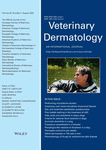Journal list menu
Export Citations
Download PDFs
Issue Information
Obituary
Editorial
Recommendations for preparing microbiome studies for publication
- Pages: 365-366
- First Published: 02 May 2024
Microbial skin diseases
Review
Considerations for performing companion animal skin microbiome studies
- Pages: 367-374
- First Published: 23 April 2024
The microbiome field has grown significantly in the past decade, and published studies have provided an overview of the microorganisms inhabiting the skin of companion animals. With the continued growth and interest in this field, concerns have been raised regarding sample collection methods, reagent contamination, data processing and environmental factors that may impair data interpretation (especially as related to low-biomass skin samples). In order to assure transparency, it is important to report all steps from sample collection to data analysis, including use of proper controls, and to make sequence data and sample metadata publicly available. Whilst interstudy variation will continue to exist, efforts to standardise methods will reduce confounding variables, and allow for reproducibility and comparability of results between studies. Companion animal microbiome studies often include clinical cases, and small sample sizes may result in lack of statistical significance within small datasets. The ability to combine results from standardised studies through meta-analyses would mitigate the limitations of these smaller studies, providing for more robust interpretation of results which could then inform clinical decisions. In this narrative review, we aim to present considerations for designing a study to evaluate the skin microbiome of companion animals, from conception to data analysis.
Original Article
Longitudinal evaluation of the cutaneous and rectal microbiota of German shepherd dogs with perianal fistulas undergoing therapy with ciclosporin and ketoconazole
- Pages: 375-385
- First Published: 14 April 2024
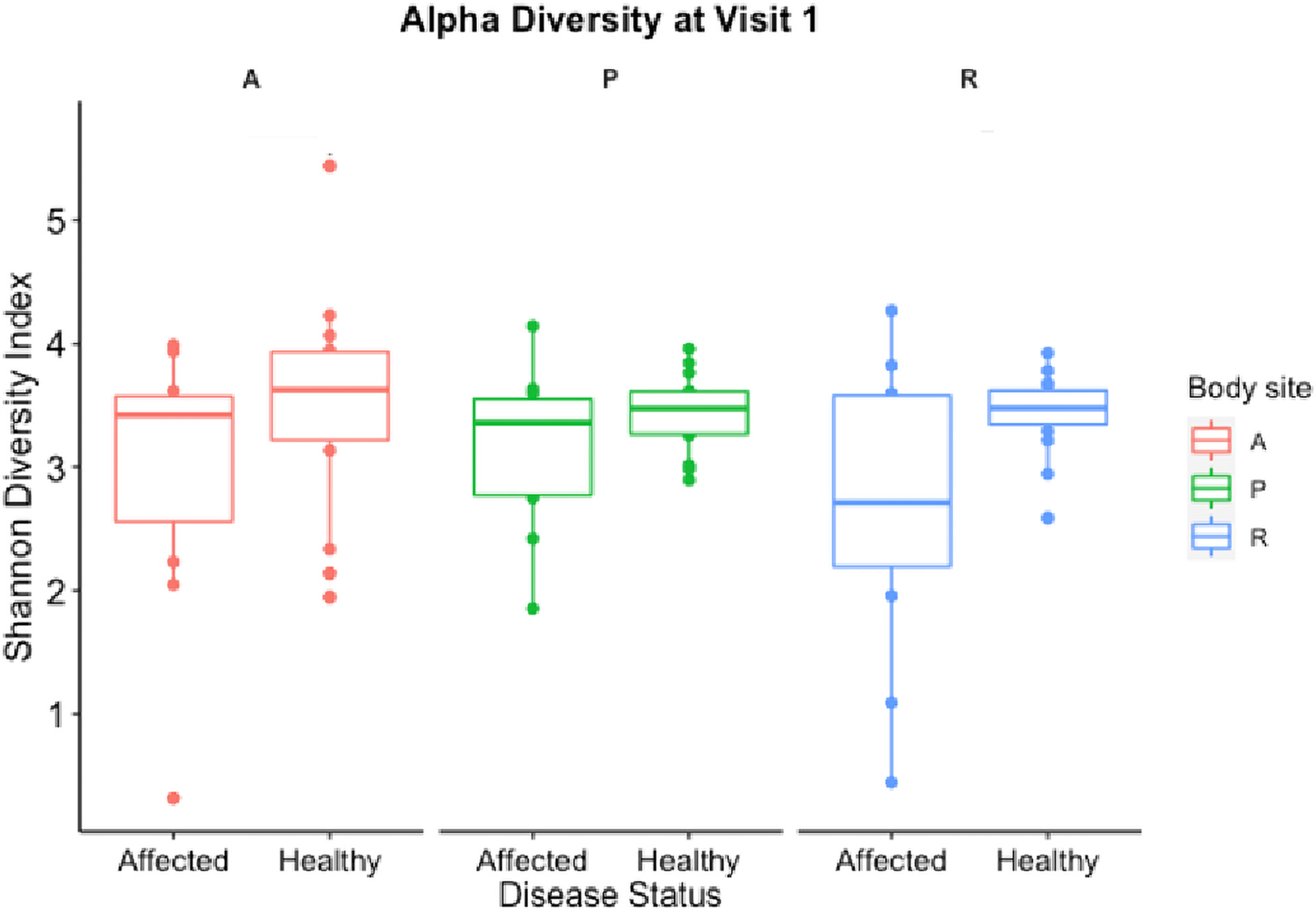
Background – Perianal fistulas are painful ulcers or sinus tracts that disproportionately affect German shepherd dogs and are proposed as a spontaneous animal model of fistulising Crohn's disease. Objectives – To characterise the rectal and cutaneous microbiota in German shepherd dogs with perianal fistulas and to investigate longitudinal shifts with lesion resolution during immunomodulatory therapy. Conclusions and Clinical Relevance – Changes in lesional cutaneous and rectal microbiota occur in German shepherd dogs with perianal fistulas and shift over time with lesion resolution during immunomodulatory therapy. Further investigations of the role of cutaneous and enteric microbiota in the pathogenesis of perianal fistulas, and whether manipulation of microbial populations may ameliorate disease, are needed.
Hypersensitivity disorders
Original Article
Development and validation of a questionnaire to assess owner and canine quality-of-life and treatment satisfaction in canine allergic dermatitis
- Pages: 386-399
- First Published: 15 February 2024
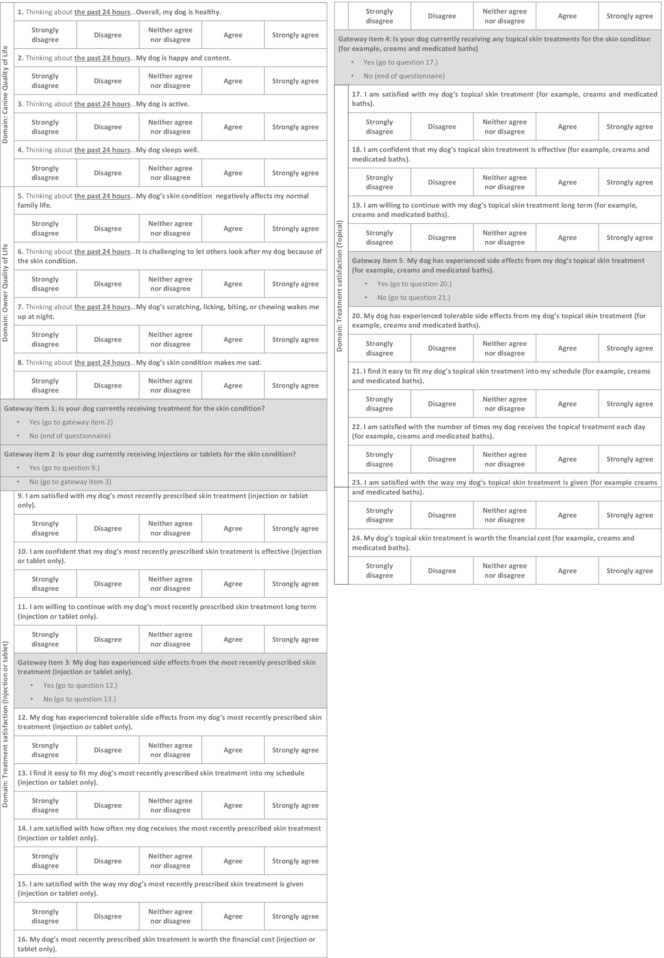
Background – Animal and owner quality of life (QoL) is pivotal in treatment decisions. Accurate measurement of owner-reported QoL and treatment satisfaction (TS) supports disease burden and treatment benefit evaluation. Objectives – Develop and evaluate an owner-completed canine dermatitis QoL and TS questionnaire (CDQoL-TSQ) in allergic dogs. Conclusions and Clinical Relevance – The CDQOL-TSQ is a two-part assessment to evaluate QoL and TS in canine allergic dermatitis. The QoL questionnaire demonstrated validity and reliability, and interpretation of scores was derived, making it suitable for use in research and practice. The TS module is suitable for clinical setting use to improve owner–veterinarian communication.
Preliminary evaluation of a commercial shampoo and fine bubble bathing in the treatment of canine atopic dermatitis: A single-blinded, randomised, controlled study
- Pages: 400-407
- First Published: 28 February 2024

Background – Fine bubble (FB) bathing has shown benefits on a mouse model of atopic dermatitis (AD). However, its efficacy in dogs with AD remains to be evaluated. Objective – This study aimed to assess the clinical effectiveness of FB bathing in dogs with AD. Conclusions and Clinical Relevance – These results suggested that FB treatment provides benefits for dogs with AD and offers an alternative topical treatment option with a lesser impact on skin barrier function compared to frequent shampooing.
A placebo-controlled, double-blind study evaluating the effect of orally administered polyunsaturated fatty acids on the oclacitinib dose for atopic dogs
- Pages: 408-417
- First Published: 11 March 2024
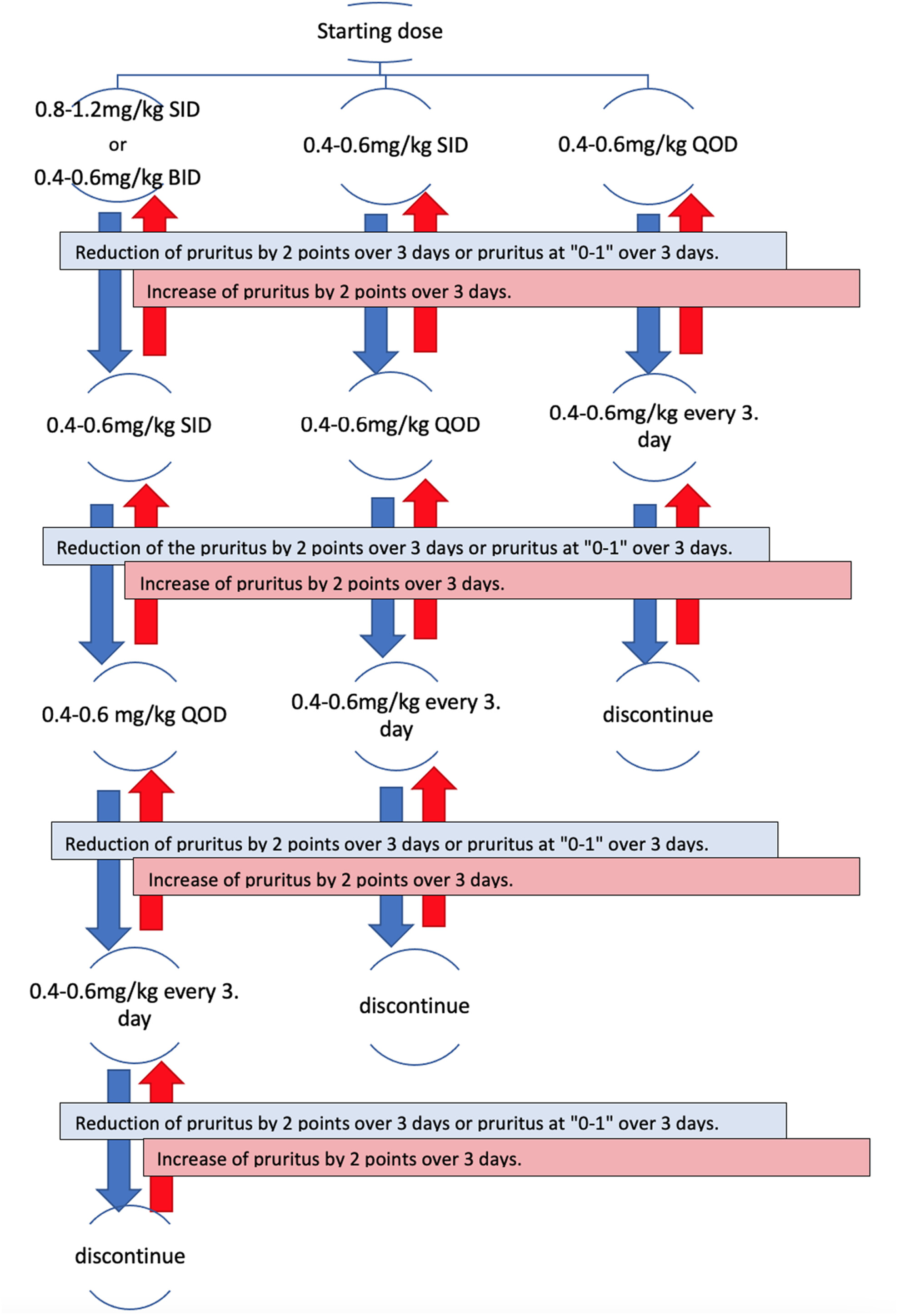
Background – Supplementation of polyunsaturated fatty acids (PUFA) enables dose reduction of prednisolone and ciclosporin in canine atopic dermatitis (cAD). Objective – To determine if oral administration of PUFA can reduce the dose of oclacitinib for cAD. Conclusion – Oral supplementation of PUFA allowed dose reduction of oclacitinib and improved pVAS, QoL, QoC and GA significantly in patients with cAD. The use of PUFA is recommended and safe in atopic dogs receiving oclacitinib.
Establishment of clinical criteria for the diagnosis of adverse food reactions in dogs with atopic dermatitis
- Pages: 418-431
- First Published: 29 February 2024
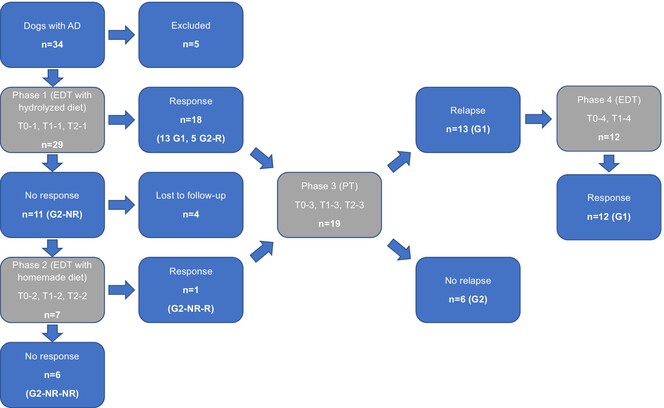
Background – Diagnosis of canine adverse food reactions (AFRs) is based on vague criteria, such as ‘>50% improvement’ during elimination diet trial (EDT) followed by ‘deterioration’ during provocation test (PT). Objective – The objective of the study was to use predefined criteria to evaluate response during EDT [i.e., Owner Global Assessment of Treatment Efficacy (OGATE) = good-to-excellent] and relapse during PT [i.e., Owner Global Assessment of Challenge Deterioration (OGACD) = moderate-to-severe and/or >100% increase of lesional (Canine Atopic Dermatitis Extent and Severity Index, 4th iteration, CADESI-04) and/or of pruritus (pruritus Visual Analog Scale, PVAS) scores]. Conclusions and Clinical Relevance – The proposed (predefined) criteria for the evaluation of response during EDT and deterioration during PT seem reliable and are easily applicable in clinical practice and research.
Case Report
Bilateral pyogranulomatous otitis externa with putative cartilage destruction in a dog: A severe case of auricular chondritis?
- Pages: 432-436
- First Published: 02 May 2024

Auricular chondritis of unknown cause was suspected in a 10-year-old male Bolognese dog with a five-month history of painful bilateral nodular and ulcerative pyogranulomatous dermatitis of the pinnae with putative auricular cartilage destruction. Pain and lesions resolved with immunosuppressive doses of prednisolone, yet the condition resulted in deformity of both pinnae and external canals.
Ehlers–Danlos syndrome (cutaneous asthenia) in a Campbell's dwarf hamster (Phodopus campbelli)
- Pages: 437-440
- First Published: 25 April 2024
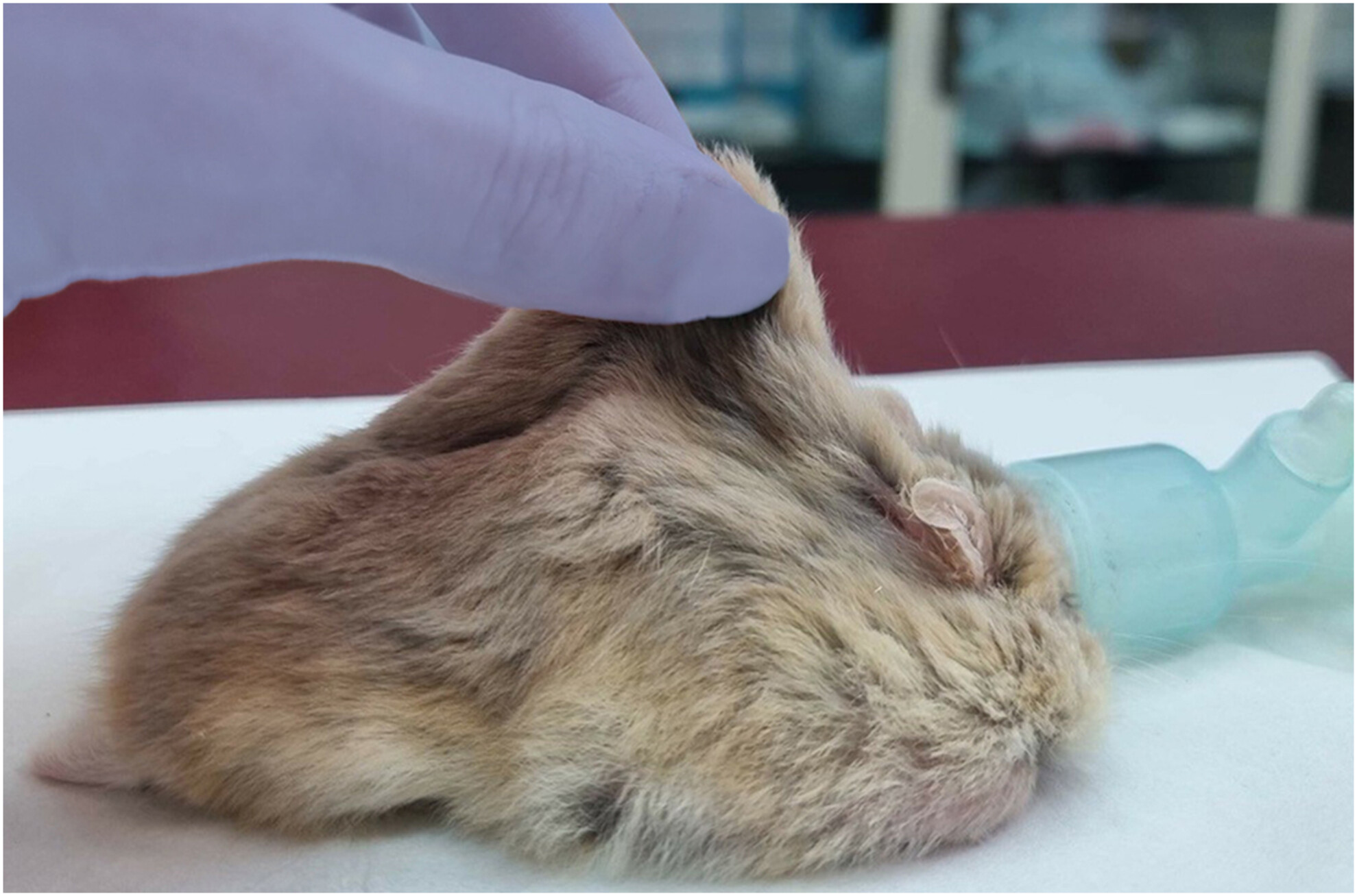
A case of cutaneous asthenia in a Campbell's dwarf hamster is described. The animal was found to have hyperextensible skin, glaucoma and lens dislocation. Histopathological examination revealed an irregular, haphazard arrangement of collagen fibres in the dermis. The animal underwent surgical reduction of the skin folds, which provided only temporary relief.
Putative pemphigus-like reaction to oral fluralaner in a dog
- Pages: 441-445
- First Published: 14 February 2024
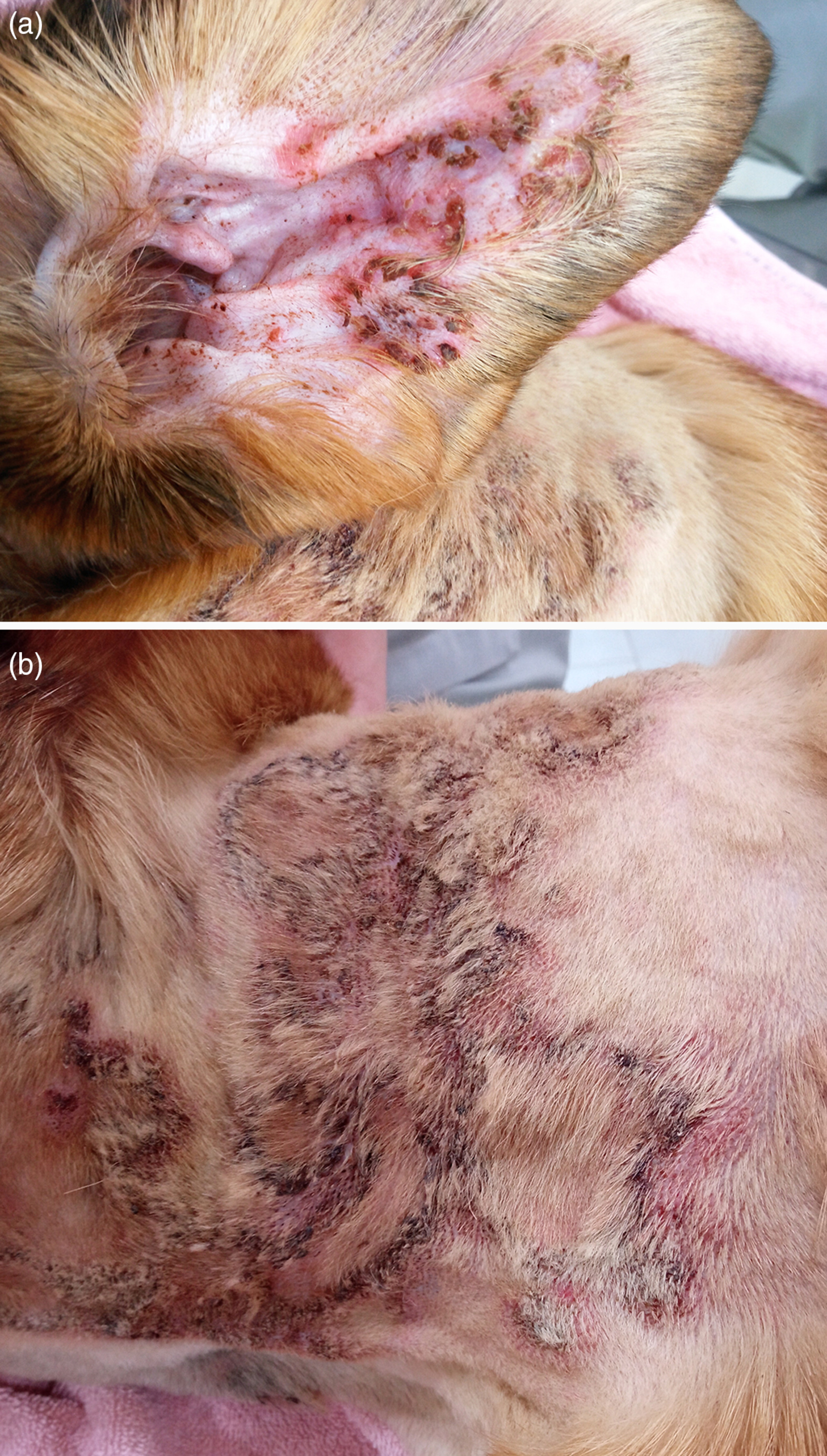
A 9-month-old mixed-breed dog developed generalised pustular dermatitis, accompanied by lethargy and hyperthermia, 7 days after oral fluralaner administration. Dermatopathological and microbiological evaluations were consistent with a pustular acantholytic dermatitis. A 4-month course of immunosuppressive therapy resulted in complete remission of lesions, which did not recur after therapy was withdrawn.
Brief Communication
Psoroptes cuniculi infestation in pet rabbits in Tabasco, Mexico, 2021–2022
- Pages: 446-449
- First Published: 01 April 2024
Background – Rabbits are an important worldwide meat- and fibre-producing animal, and they are popular pets. The rabbit ear mite, Psoroptes cuniculi, causes severe dermatological disease. Epidemiological data on P. cuniculi infestations are important for public health. Objective – To determine the frequency of P. cuniculi infestation in pet rabbits and evaluate epidemiological factors associated with infestation. Conclusions and Clinical Significance – Psoroptes cuniculi in pet rabbits has a similar frequency to that reported in meat-producing rabbits, and female sex had a positive association.
Original Article
Feline dermatoses at Ferdowsi University of Mashhad (Iran): 154 cases (2009–2020)
- Pages: 450-452
- First Published: 20 February 2024
Background – Studies indicate that 6%–20% of feline patients have at least one dermatopathy. Objective – This retrospective study aimed to provide comprehensive information about the types of skin diseases, diagnosis methods, treatments and follow-up data in a hospital population of domestic cats in Iran. Conclusions and Clinical Relevance – The prevalence of dermatoses among this cohort of Iranian cats is similar to that in other parts of the world. However, a noticeable difference was detected in the most prevalent dermatoses. To the best of our knowledge, this is the first study to assess the characteristics and outcomes of feline dermatological conditions in Iran.
Review
Pharmacology of drugs used in autoimmune dermatopathies in cats and dogs: A narrative review
- Pages: 453-476
- First Published: 06 May 2024
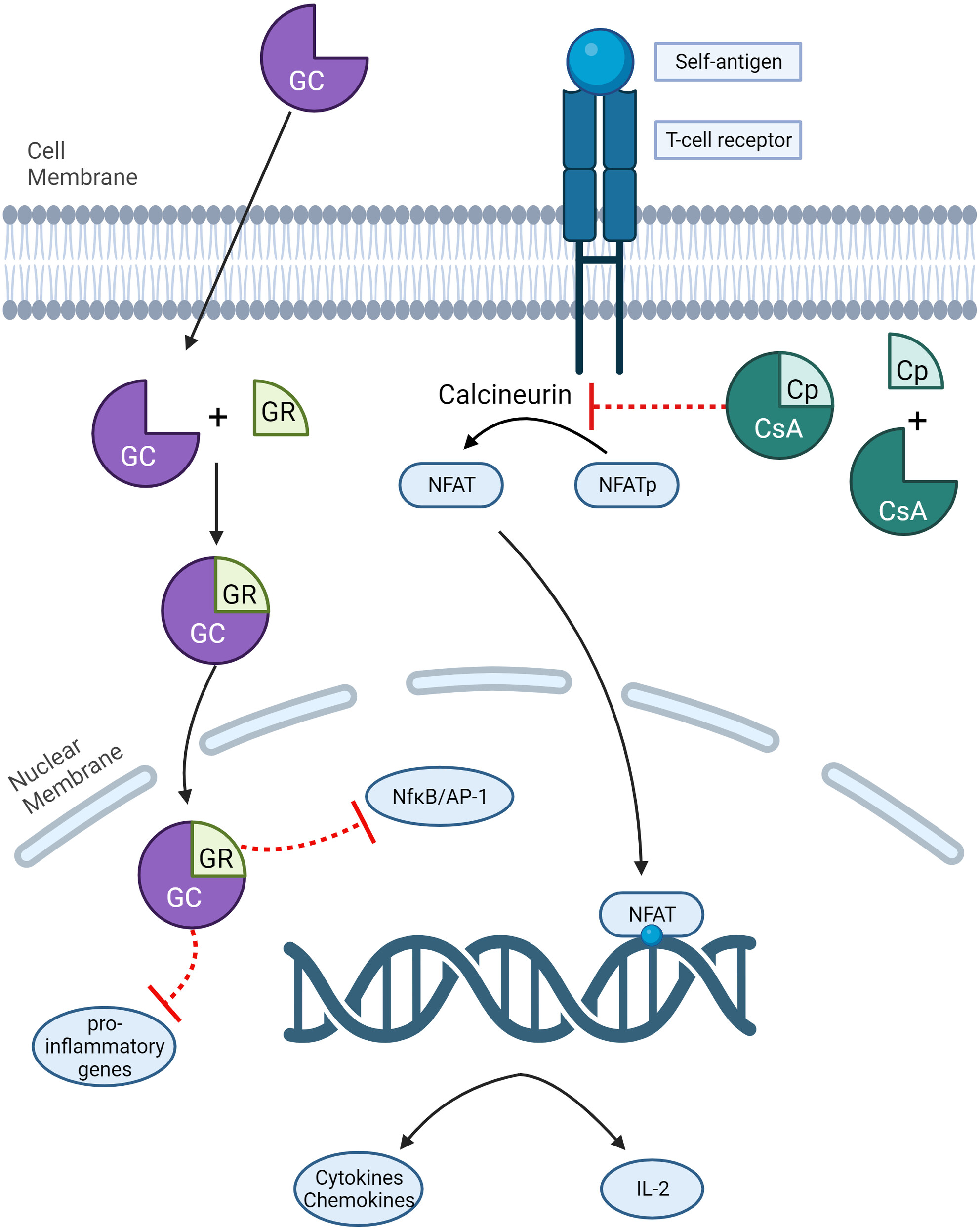
Immunosuppressive drugs are the mainstay of treatment for many feline and canine autoimmune skin diseases, either as monotherapy or in combination with other drugs. Treatment with these drugs is often lifelong and may have long-term consequences on the affected animal's overall quality of life. Clinicians need to understand the pharmacology of immunosuppressants in planning and executing the treatment regimen for the best possible clinical outcome, as well as reducing the risk of adverse effects. This review paper will focus on the mechanism of action, pharmacokinetics and pharmacodynamics, clinical uses and adverse effects of immunosuppressive drugs used to treat autoimmune dermatoses in cats and dogs. These include glucocorticoids, ciclosporin A, azathioprine, chlorambucil, mycophenolate mofetil, oclacitinib and Bruton's tyrosine kinase inhibitors.




